My apologies for being silent here at Photography Life for over a month! I’ve been away on an extended holiday/field trip in New Zealand with my wife, and our busy schedule didn’t allow time to prepare any new articles for Photography Life. While the vast majority of our New Zealand photography focused on landscape images for our planned photography e-book, I did have the chance to capture a selection of photographs of various marine birds and mammals during our trip.
The biggest news while we were away was the serious earthquake that shook the South Island, causing massive rock slides on the east coast highway and cutting off the town of Kaikoura. Tremors were felt extensively on the South Island and up into the North Island. The capital city of Wellington is about 200 kilometers away from the epicenter of the earthquake and some buildings in the city sustained damage. Kaikoura has some of the best whale and dolphin watching in New Zealand and the earthquake has significantly impacted the local industry. The harbor in Kaikoura raised up about a meter due to the earthquake making navigation out to sea only possible during high tide for many of the tour boats. We hope that the reconstruction of the highway and dredging of the harbor is completed as quickly as possible so life can get back to as close to normal as possible for the wonderful folks in Kaikoura!
New Zealand is a truly remarkable country. Visiting it is like seeing the world condensed on two, beautiful islands. My wife and I have had the good fortune to visit twice before and we accelerated a third ‘bucket list’ trip when we stumbled upon some incredible flight deals.
The images of the New Zealand Fur Seals (by best guess on species pending further clarification) in this article were captured near the Royal Albatross Centre which is located at the tip of the Otago Peninsula on the South Island.
Equipped with a pair of Nikon 1 J5s and a pair of Nikon 1 V2s, along with five 1 Nikon zoom lenses we were able to easily fit all of our camera gear in a single Tenba Shoulder Bag. The 1 Nikon CX 70-300 f/4.5-5.6 mounted on one of my V2s was the obvious choice for any kind of bird or other nature images.
I was lucky enough to get some decent opportunities to capture some images of Australasian Gannets while on the Pelorus Mail Boat day tour.
That same tour also yielded some penguin photographs as well as some images of Fluttering Shearwaters.
These small, quick flying birds were a bit of a challenge to photograph from a moving boat and I ended up using the ‘Active’ VR setting on my Nikon 1 V2 – something that I have very seldom needed to do in the past. It worked well and I was quite pleased with the results. I used AF-C the majority of the time, shooting at 15fps with subject tracking for most of my moving subject bird and nature photographs.
As in many other parts of the world there are a number of cormorant species in New Zealand, although they are called ‘shags’ in this part of the world. Most of my images tended to be of spotted shags and pied shags.
I was even fortunate enough to capture a few images of the King Shag, one of the rarest species of shag in New Zealand.
It was quite common to see Oyster Catchers on the coasts of both the North and South Islands and many of them were somewhat acclimatized to people allowing me to get fairly close to them. The image below is from a good AF-C run that I captured at the harbor in Paihia on the North Island. If you are wondering about the EXIF data on some of the images of static subjects, i.e. fast shutter speeds and higher ISO – I was focused on capturing birds in flight and had my V2 set accordingly. I simply didn’t bother changing my settings just in case a BIF opportunity appeared.
Pied Stilts are also quite commonly seen walking along beaches. I was lucky that this specimen took flight just after we finished lunch at a beachside picnic table and I happened to have my camera in hand.
New Zealand is such a diverse and beautiful country that most photographers will find something of interest. Our photography e-book will focus on landscape photography, and like our recent trip out to South Dakota and Utah, the vast majority of our images were captured on a ‘catch as catch can’ basis, and mainly between the hours of 9AM and 5PM. We did this purposely in order to replicate the kind of shooting most folks on holidays actually do. We expect the e-book to be ready in early 2017.
Article and all images are Copyright 2016 Thomas Stirr. All rights reserved. No use, adaptation or reproduction of any kind including electronic is allowed without written consent. Photography Life is the only approved user of this article. If you see it reproduced anywhere else it is an unauthorized and illegal use.
The post New Zealand Marine Birds and Mammals appeared first on Photography Life.
from Photography Life https://photographylife.com/new-zealand-marine-birds-and-mammals


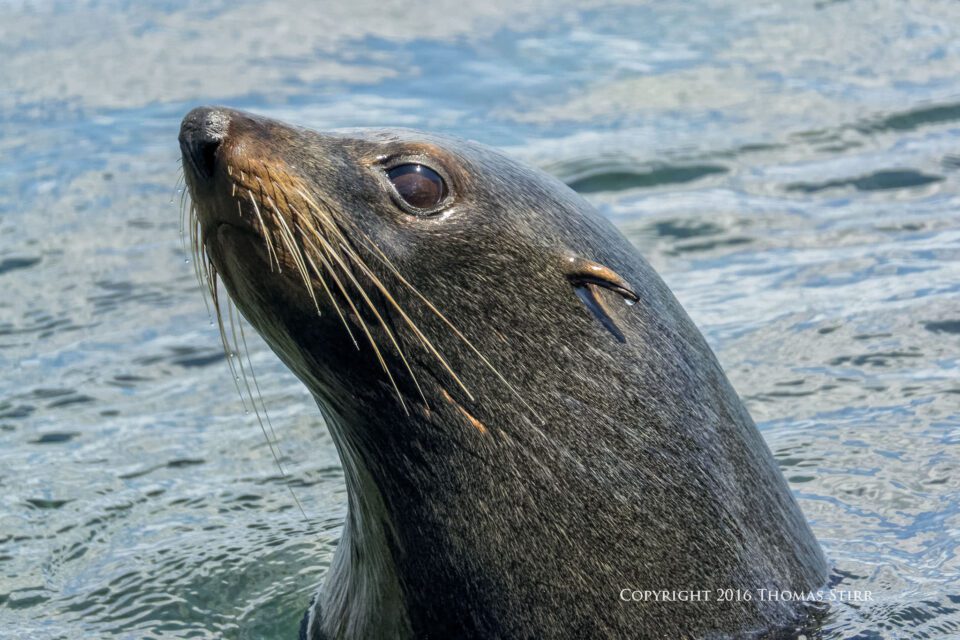
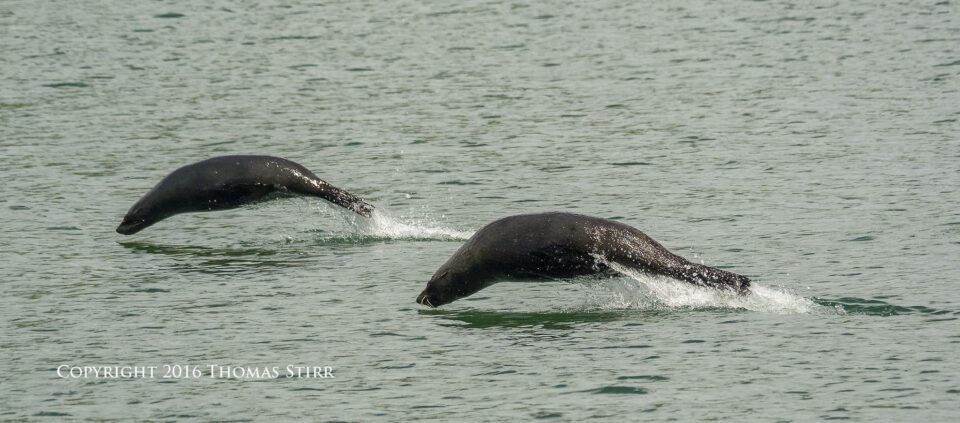
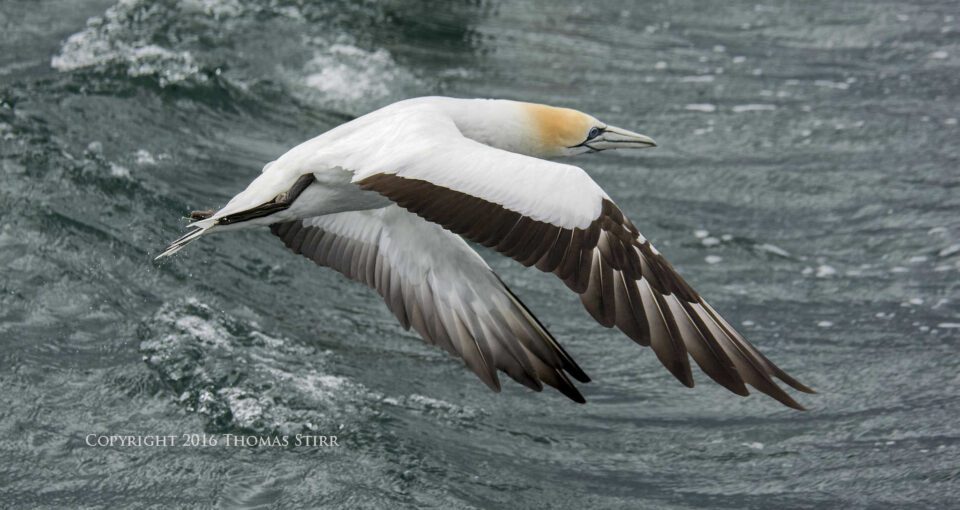

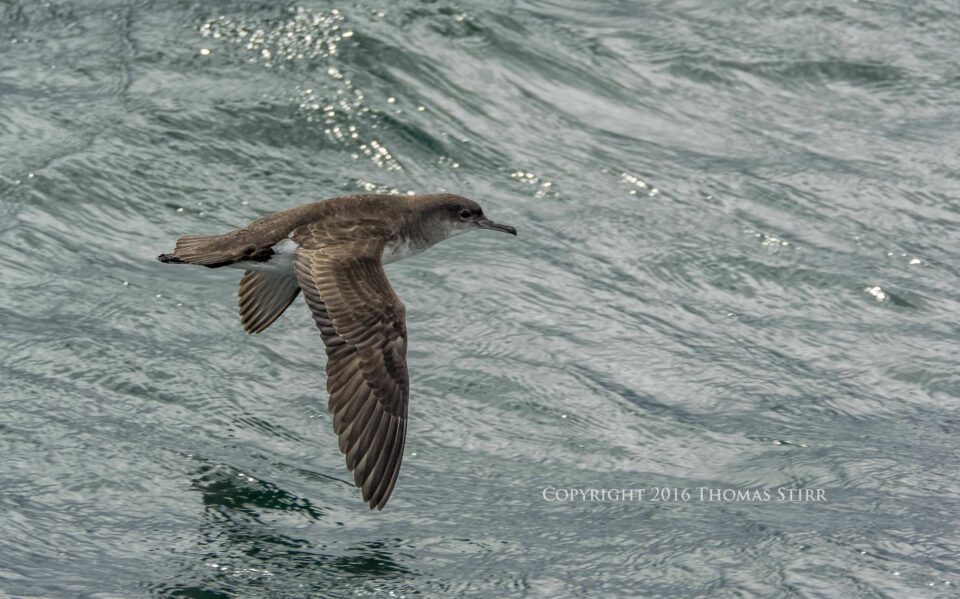
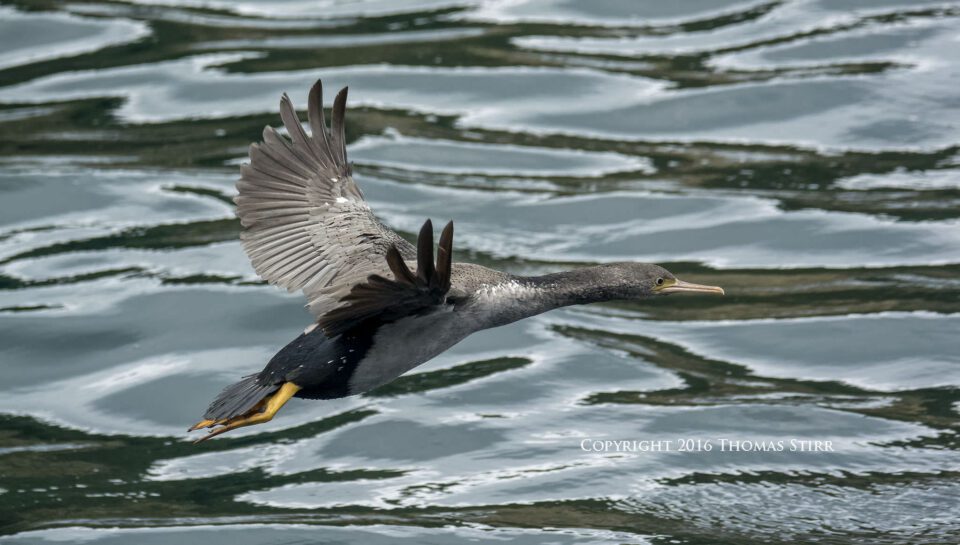
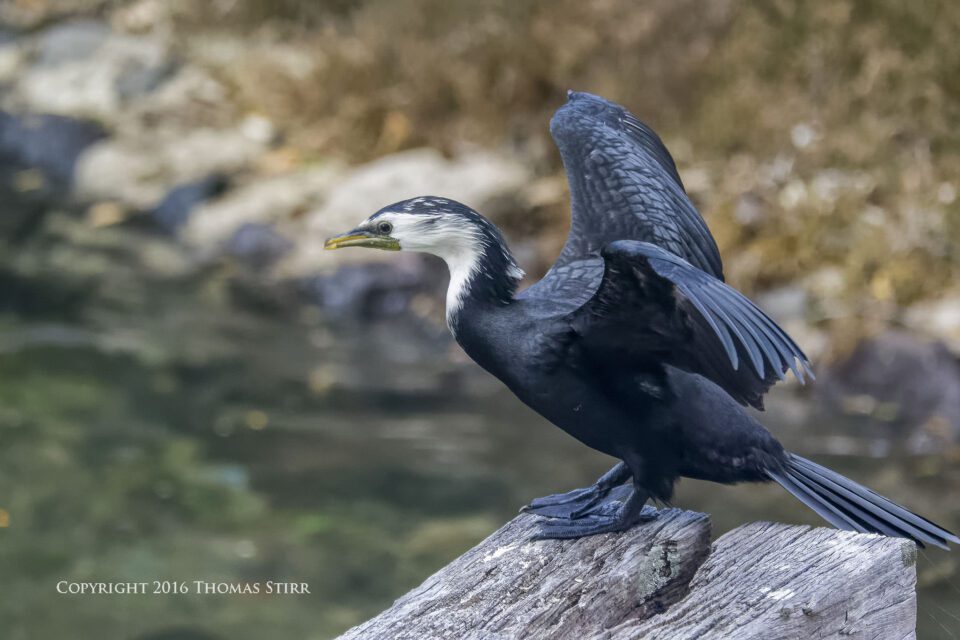
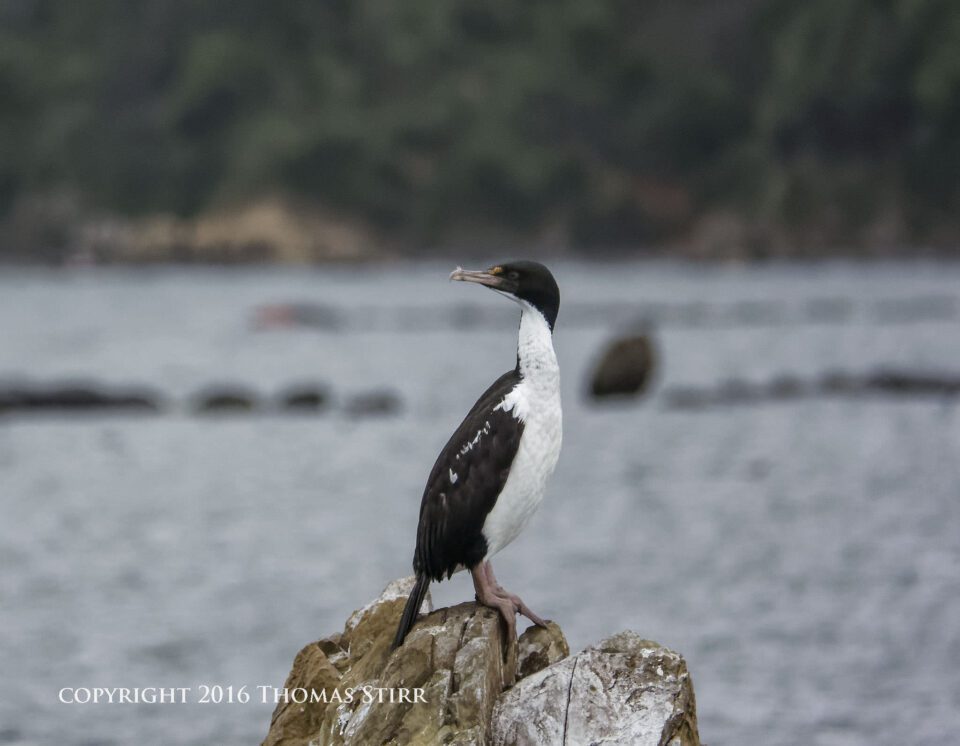
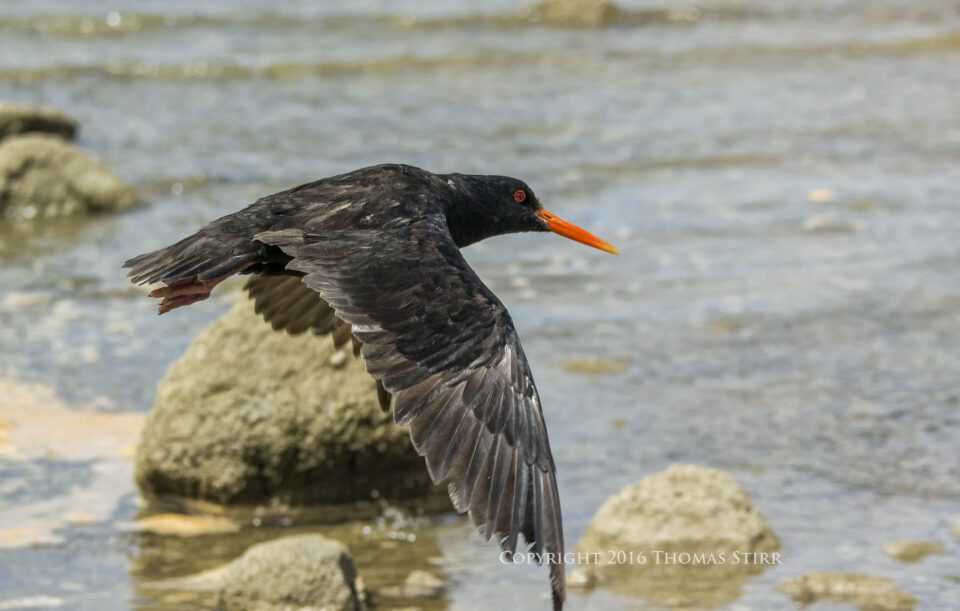
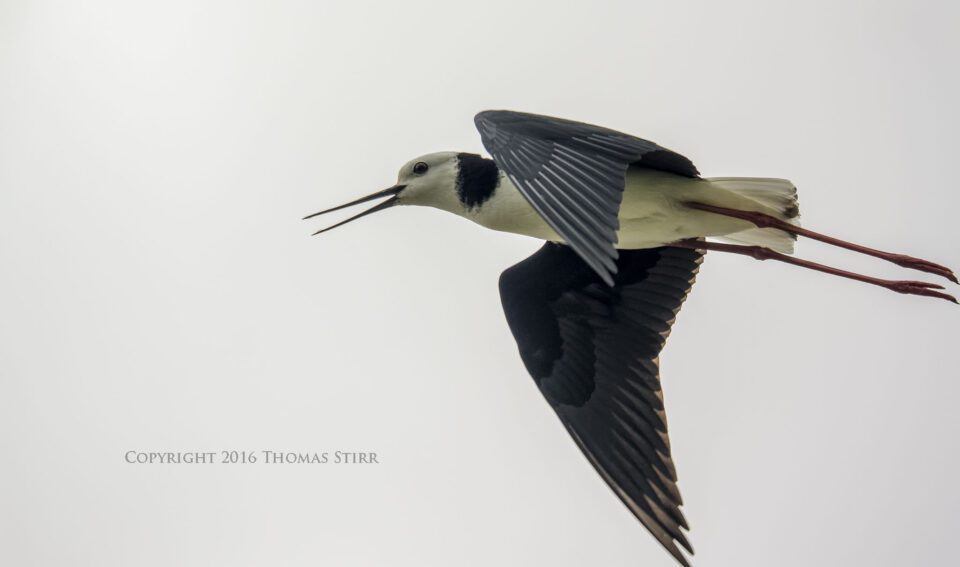
No comments:
Post a Comment